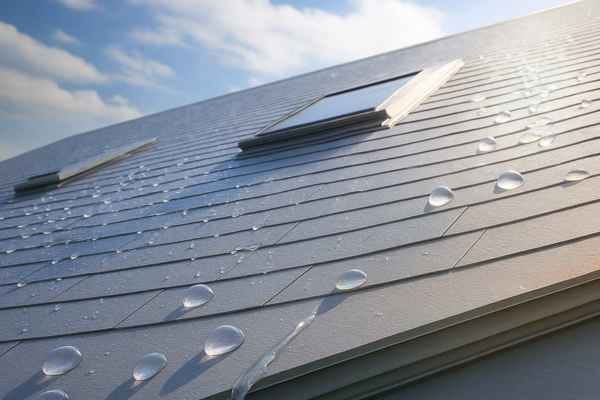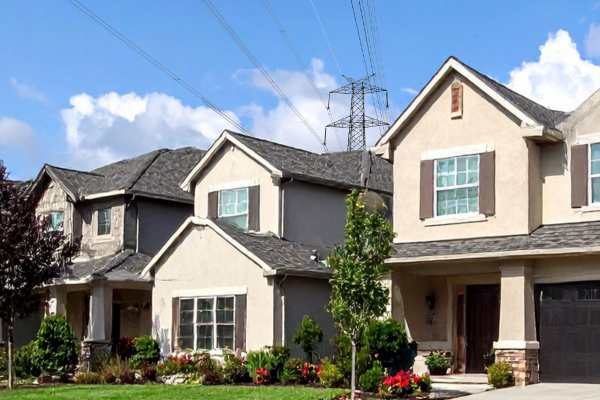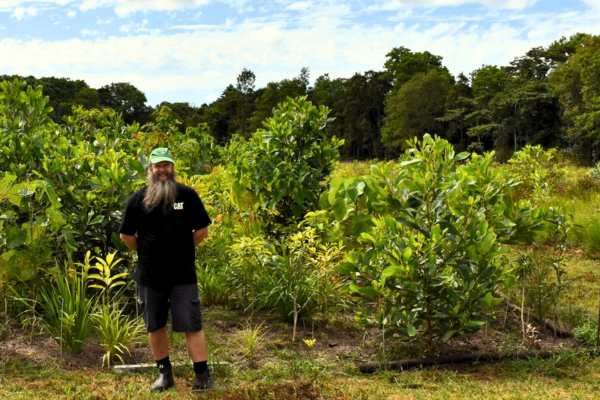New coffee blend makes bricks
A process that turns coffee waste into bricks may soon be shrinking the carbon footprint of both the hospitality and building sectors.

Your morning coffee might soon evolve into something more solid as researchers develop a brick made from spent grounds.
The project, led by at Swinburne University of Technology's Dr Yat Wong, has now reached a commercial milestone with a licensing deal announced between Swinburne and startup Green Brick, backed by investment firm Hampton Capital.
With the construction sector counting as one of the most carbon-intensive industries in Australia, the environmental case for innovations in materials such as bricks is clear.
While traditional brick production relies on firing clay in high-temperature kilns powered by fossil fuels, the Swinburne bricks “reduce electricity-related CO₂ emissions by up to 80 per cent per unit” by requiring firing at less than 400°C, Dr Wong says.
Coffee waste is also a growing problem. Swinburne estimates that Australians consume more than 1.3 million cups of coffee daily, resulting in around 10,000 tonnes of spent grounds every year.
Most of this ends up in landfill, it says, where it decomposes and releases methane – a greenhouse gas with more than 84 times the warming power of carbon dioxide, according to the UN Environment Programme.
By creating the new bricks, the aim is to divert that organic waste stream, blending used coffee grounds from cafés and restaurants with clay and an alkali activator. This not only curbs emissions from the firing process but also reduces organic landfill, the researchers say.
"For the last century, materials have been judged by one thing: cost per square metre. But in the next chapter, we’ll judge them by carbon, transparency, and circularity."
Beyond sustainability, the product outperforms expectations on structural integrity and exceeds the Australian minimum standard for strength by a factor of two, according to the Swinburne research team.
Green Brick plans to bring the product to market with production supported by the recent IP licensing deal, but its founder Philip Ng says its approach is about more than just rethinking bricks.
“For the last century, materials have been judged by one thing: cost per square metre," he says. "But in the next chapter, we’ll judge them by carbon, transparency, and circularity. And those metrics favour a whole new kind of product."
Coffee grounds have also recently made their mark in the manufacturing of concrete. RMIT researchers announced last year that they had found a way to make concrete stronger using spent coffee grounds transformed into biochar in what they describe as a "low-energy process".
This also enabled them to replace 15% of the sand traditionally used in the process, and last year, they ran the world’s first trial using the concrete in urban footpaths in collaboration with Macedon Ranges Shire Council in Victoria.
The bricks are made by blending used coffee waste with clay and an alkali activator. This mixture is then fired at temperatures under 400°C, cutting electricity use and reducing CO₂ emissions from production by up to 80 per cent per unit, according to Swinburne University researchers. The bricks use coffee waste sourced from cafés and restaurants, eliminating the spent grounds – and their associated methane emissions – from landfill. The researchers say the bricks are twice as strong as the minimum requirements of Australian building standards.





